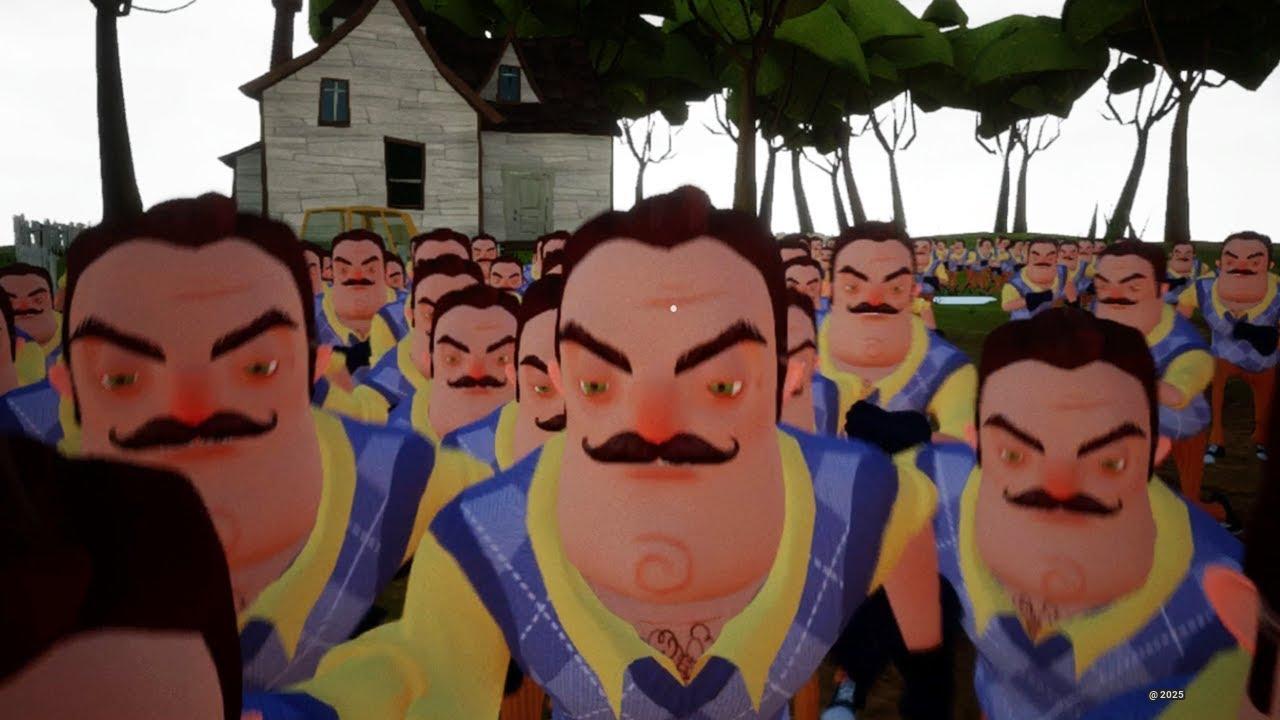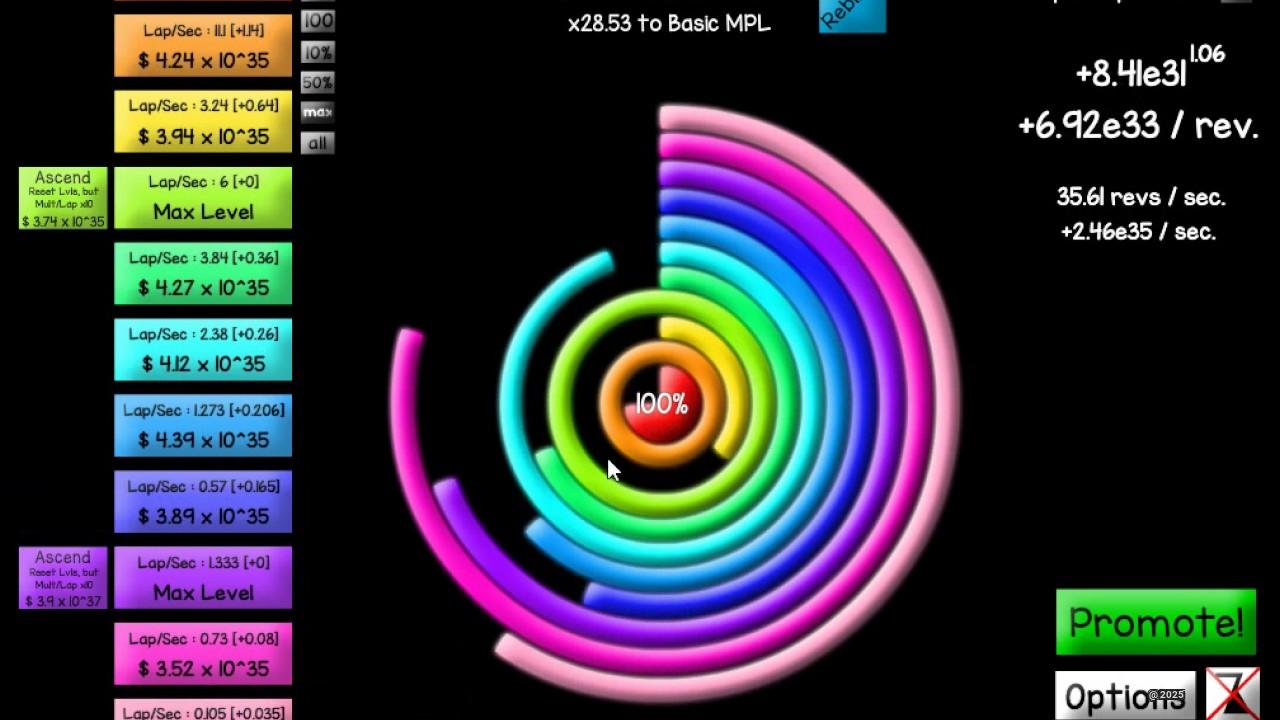Petit Rouge - The Fearless Mountain Grape Defying Alpine Odds
Nestled in the dramatic alpine slopes of Italy’s Valle d’Aosta, Petit Rouge stands as nature’s defiant vintner, crafting exceptional wines where few grapes dare to grow. This resilient red variety has mastered the art of transforming intense mountain sunlight and challenging terroir into wines that capture the very essence of their alpine heritage, proving that sometimes the most extraordinary treasures flourish in the most unlikely places.
New Games




































The Petit Rouge grape stands as a testament to nature’s ability to adapt and thrive in unexpected places. This hardy red variety calls the steep slopes of Italy’s Valle d’Aosta home, where it produces wines that capture the essence of alpine viticulture.
Native to northwestern Italy’s Valle d’Aosta region, Petit Rouge has become the backbone of local wine production, accounting for a significant portion of the area’s red and rosé wines. Despite scholarly discussions about its possible connection to Switzerland’s Rouge de Valais, this grape maintains its distinct Italian identity.
What makes Petit Rouge truly remarkable is its resilience. While most red grape varieties struggle at high altitudes, this adaptable plant flourishes in Valle d’Aosta’s mountainous terrain. During the brief but intense alpine summers, it efficiently converts sunlight into sugar, reaching optimal ripeness even in these challenging conditions.
The grape itself is modest in appearance - small berries with a dusty, almost grayish coating belie their significance in regional winemaking.
Rouge for two primary contributions: it deepens the color of traditionally lighter Valle d’Aosta wines and introduces subtle floral notes to their aromatic profile.
Local regulations carefully protect the quality of Petit Rouge wines. Growers must limit yields to 12 tonnes per hectare, ensure a minimum alcohol content of 9.5%, and age their wines for at least six months. These standards help preserve the grape’s distinctive characteristics while allowing winemakers to express their artistic vision through various aging methods, including oak treatment.
The variety’s deep cultural roots shine through its many historical names - Orion gris, Oriou, Pitchou Rozo, and Picciourouzzo - each telling a story of its long-standing importance to the region’s viticultural heritage.
Exploring the Origins of Petit Rouge: A Valle d’Aosta Native
I’ve spent years studying Italian wine regions, and the story of Petit Rouge never fails to captivate me. This remarkable grape has deep roots in the Valle d’Aosta region, nestling in Italy’s northwestern corner. You might wonder about its true origins? While we can trace its presence back to Roman times, some wine scholars still debate whether it shares ancestry with Switzerland’s Rouge de Valais grape.
What makes Petit Rouge truly special? I’d say it’s how this grape has shaped the identity of Valle d’Aosta wines. During my visits to local vineyards, I’ve seen firsthand how farmers pass down their knowledge about this variety through generations. The grape’s name, which means “little red” in French, reflects the region’s unique Franco-Italian heritage.
The Role of Petit Rouge in Valle d’Aosta’s Red Wine Production
Let me share something remarkable about Valle d’Aosta’s wine scene - despite the challenges of high-altitude farming, about 90% of wines here are red or rosé. I find it fascinating how Petit Rouge leads this red wine revolution. You’ll find it starring in many local blends, bringing its unique character to each bottle.
| Wine Type | Petit Rouge Percentage | Notable Characteristics |
|---|---|---|
| Chambave Rosso | Minimum 60% | Bright fruit, floral notes |
| Enfer d’Arvier | Minimum 85% | Rich body, intense aroma |
| Torrette | Minimum 70% | Complex bouquet, good structure |
Cultivation Secrets: How Petit Rouge Thrives in Alpine Conditions
I’m often asked how a red grape variety can succeed in such high altitudes. The secret lies in Petit Rouge’s remarkable adaptation to alpine conditions. During hot, dry summers, these vines work magic - they develop just the right sugar levels while maintaining their distinctive character.
The local farmers have taught me their tricks for growing Petit Rouge:
- Position: South-facing slopes catch maximum sunlight
- Soil: Well-draining rocky soils stress the vines just enough
- Training: Low pergola systems protect from harsh winds
- Timing: Late harvest allows full flavor development
Regulatory Insights: Valle d’Aosta DOC Standards for Petit Rouge
Having worked with various Italian wine regulations, I can tell you the Valle d’Aosta DOC takes Petit Rouge seriously. Want to know the exact requirements? Here’s what every producer must follow:
- Maximum yield: 12 tonnes per hectare
- Minimum alcohol: 9.5%
- Basic aging: 6 months minimum
- Special designations like Torrette Superiore need:
- 8 months aging
- 12% minimum alcohol
- Extra quality controls
Unique Viticultural Traits of Petit Rouge Grapes
From my time in the vineyards, I’ve noticed some fascinating characteristics of Petit Rouge grapes. These small, dusty-colored berries might look unassuming, but they’re packed with personality. What strikes me most? Their almost grayish appearance when fully ripe.
Some key traits I’ve observed:
- Size: Small to medium berries
- Color: Dusty red with gray bloom
- Ripening: Late-season variety
- Acidity: Naturally low when fully ripe
- Sugar development: Excellent in proper conditions
The Art of Blending: Petit Rouge’s Contribution to Wine Bouquets
Here’s something I love about Petit Rouge - it’s a master of enhancement in wine blends. When I taste Valle d’Aosta wines, I can often spot Petit Rouge’s influence through:
- Deeper color in typically light regional wines
- Distinctive floral notes in the bouquet
- Soft tannins that don’t overwhelm
- Fresh red fruit characteristics
Historical Synonyms and the Legacy of Petit Rouge
During my research, I’ve encountered many names for Petit Rouge. Each synonym tells a story about this grape’s journey through time:
- Orion gris
- Oriou
- Pitchou Rozo
- Picciourouzzo
These names paint a picture of how deeply rooted this variety is in local culture. Through centuries of cultivation, Petit Rouge has earned its place as Valle d’Aosta’s premier red grape.
High-Altitude Viticulture: Petit Rouge’s Adaptability in Mountainous Terroirs
You might think growing red grapes at high altitudes is impossible. Yet, I’ve seen Petit Rouge vines thriving at elevations that would challenge many varieties. Here’s what makes this possible:
| Altitude Factor | Petit Rouge Response | Benefit to Wine |
|---|---|---|
| UV Exposure | Thick grape skins | Rich phenolic compounds |
| Temperature Variation | Extended ripening | Complex flavor development |
| Wind Resistance | Sturdy vine structure | Consistent grape quality |
Conclusion
As nature’s resilient mountaineer, Petit Rouge has proven itself uniquely suited to the challenging alpine environment of Valle d’Aosta. This small but mighty grape delivers wines that mirror its mountain home - bold, distinctive, and full of character.
Small gray-dusted berries belie its outsized impact on regional winemaking, where it forms the foundation of the area’s celebrated reds and rosés. The grape’s natural affinity for high altitudes allows it to thrive where other varieties falter, efficiently converting the intense mountain sunlight into perfectly ripened fruit during brief alpine summers.
Local winegrowers honor this agricultural treasure through careful cultivation and strict quality standards, including controlled yields and mandatory aging periods. From its deep historical roots reflected in names like Orion gris and Picciourouzzo to its modern role in deepening wine color and adding floral notes, Petit Rouge stands as Valle d’Aosta’s vinous cornerstone.
Through generations of careful stewardship, this grape has carved out its place as an enduring symbol of Italian alpine winemaking excellence.











